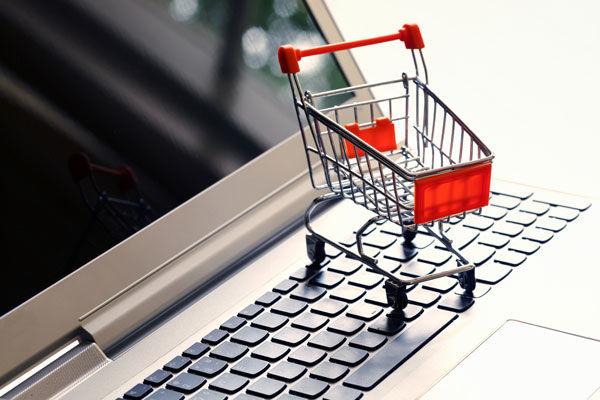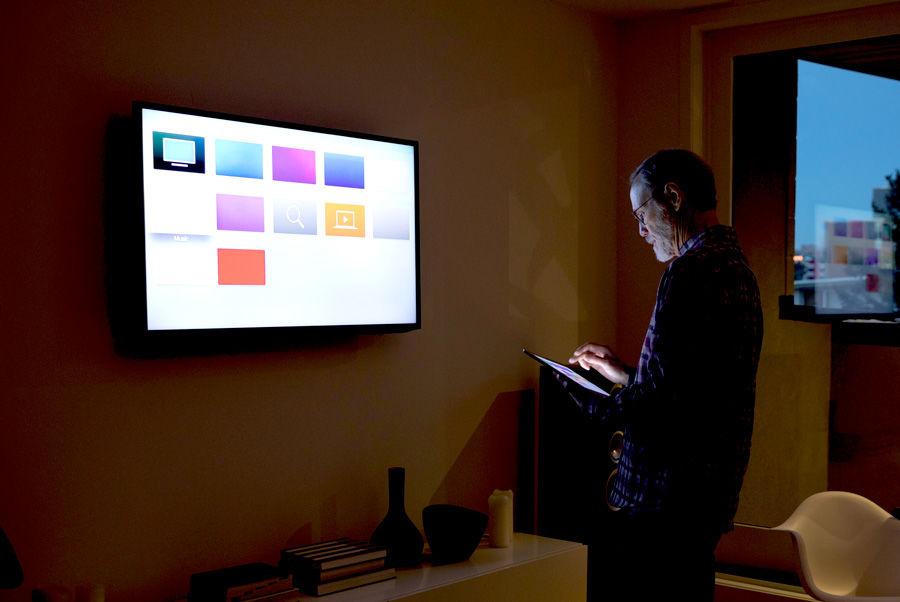The digital grocery industry reached $23.9 billion in sales this past year, and is predicted to grow to a $59 billion dollar industry by 2023. Packaged snack foods, dry/baking goods, non-alcoholic beverages, canned/jarred goods, and bread or baked goods top the list of most-ordered products over the internet.
15% of Americans Now Turn to BOPUS Grocery Services
Retail giants like Amazon and Walmart are changing the way consumers think about grocery shopping. Consumers’ days are jam packed and most don’t want to spend their free time perusing the aisles of their local grocery store, being careful not to forget anything on their weekly lists. Buy online and pick up in store (BOPUS or BOPIS) and curbside pick-up have aided Walmart’s rise in digital grocery sales, while Amazon has partnered with Whole Foods to provide click-and-collect services.
The number of consumers participating in these services has more than tripled since 2016, and is only expected to grow in the coming years. Curbside pickup allows for flexibility, which is important to consumers. It allows them to pick up their online orders when it is most convenient to them, without locking them into a two-hour delivery window.
Grocery Delivery Services
Convenience is key when grocery shopping, which is why digital grocery sales have skyrocketed over the past three years. Convenience does come at a price, though, as most online ordering services that include delivery, like Peapod and Instacart, charge delivery fees. Almost one-third of U.S. digital grocery shoppers expect delivery services to be free of charge, while 57% are willing to pay a fee up to $10. Many consumers are still dubious of grocery delivery services, but as these providers start to adopt click-and-collect services, we will likely see a shift from online order and pick up to end-to-end delivery services.
The Challenge of Online Grocery Shopping
Many consumers are skeptical of grocery delivery because of quality and freshness concerns. When ordering produce and meats, consumers are used to certain standards. They’re used to searching the shelves and displays for the most perfect items they can find. When someone else is picking out your groceries, the concern begins to set in that you may not be receiving the highest-quality items. In turn, grocery chains are starting to see success with online ordering then picking up in store—consumers are still able to evaluate the freshness and quality of each item before leaving the store.
As more U.S. grocers incorporate order online and pick up in store services, we will only see this trend grow.
Sources:
eMarketer, January 2019.




